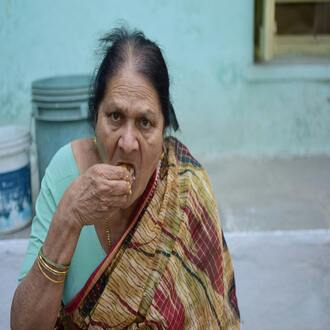Transcription Chemical contamination by food
Chemical contamination in food refers to the presence of unwanted chemicals in the food we eat. These substances can include pesticides, herbicides, food additives, drug residues, heavy metals and more. As the food industry has become more complex, exposure to these substances has become more common.
In this session, we will explore in detail chemical contamination from food, potential associated risks and solutions for safer and healthier eating.
Sources of Chemical Contamination
There are several sources of chemical contamination in food:
- Agriculture: The use of pesticides and herbicides in agriculture can leave residues on crops.
- Food Processing: Food additives and chemicals used in food processing can contaminate end products.
- Packaging and Containers: Chemicals present in packaging and containers can migrate into food.
- Environmental Contamination: Air and water contamination can affect food quality.
Health Risks Associated with Chemical Contamination
Chemical contamination in food poses health risks that include:
- Acute Toxicity: Ingestion of large amounts of certain chemicals can cause immediate toxic effects.
- Chronic Toxicity: Exposure to low levels of chemicals over time can contribute to chronic diseases such as cancer and cardiovascular disease.
- Hormonal Effects: Some chemicals can interfere with the endocrine system and cause hormonal imbalances.
- Allergies and Sensitivities: Food additives and other chemicals can trigger allergic reactions in some people.
Food Regulation and Labeling
Governments and regulatory agencies play a key role in regulating chemical contamination in food. Safety standards and labeling guidelines are designed to protect consumers and provide transparent information about food products.
Strategies for Reducing Chemical Contamination in Food
There are several strategies that individuals and the food industry can adopt to reduce chemical contamination in food:
- Organic Foods: Choosing organic foods can
pollution chemistry




